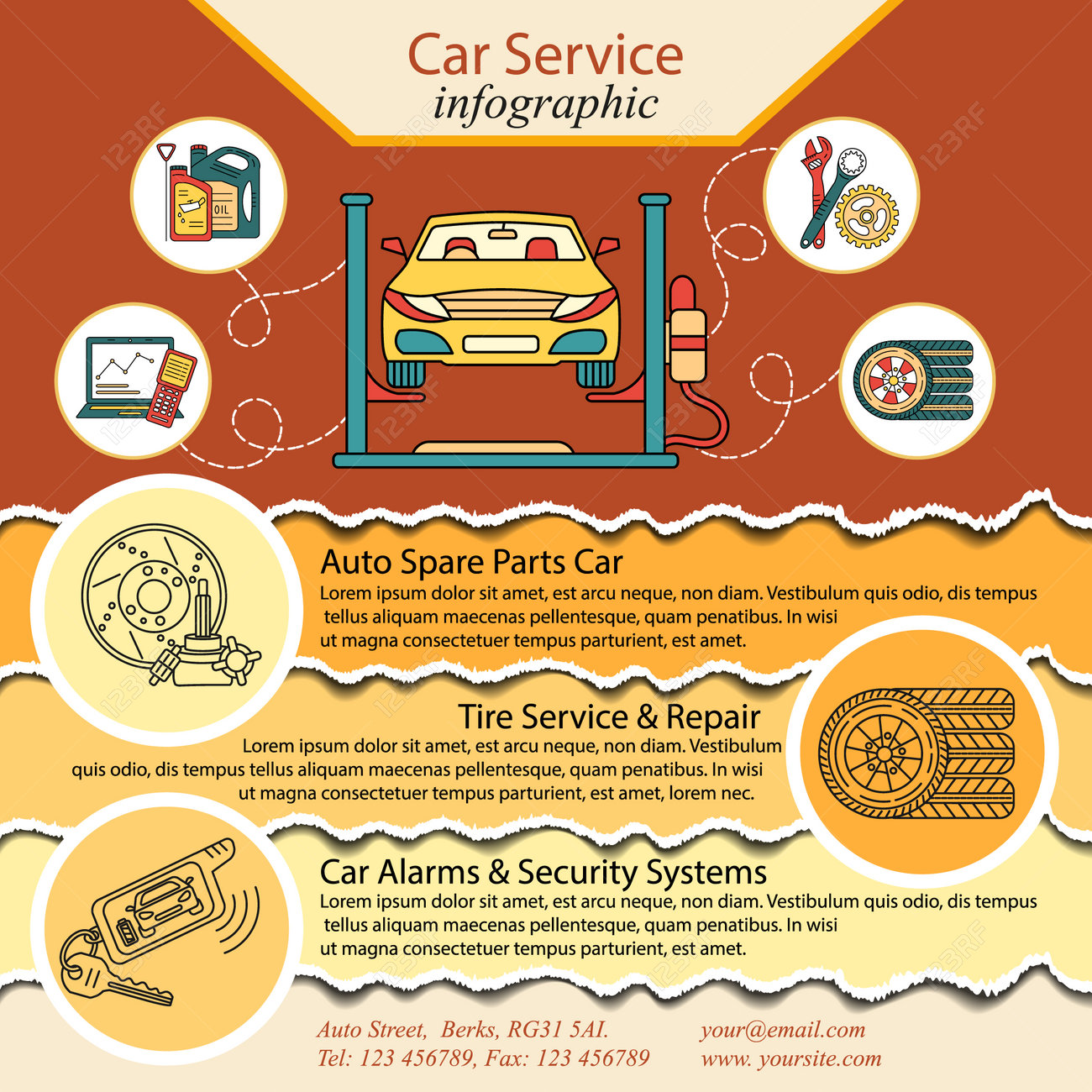Fascinated In Understanding The Warning Lights On Your Cars And Truck'S Dashboard? Discover Their Relevance For Your Automobile'S Security And General Condition
Fascinated In Understanding The Warning Lights On Your Cars And Truck'S Dashboard? Discover Their Relevance For Your Automobile'S Security And General Condition
Blog Article
Article By-Hartley Gilbert
When you lag the wheel, those radiant caution lights on your dashboard can be a little bit difficult. Do you know what they're trying to inform you about your cars and truck's health and wellness? Recognizing the significance of these lights is crucial for your safety and security and the long life of your automobile. So, the following time one of those lights pops up, wouldn't you intend to analyze its message properly and take the essential steps to resolve it?
Common Caution Lights and Interpretations
Determine common caution lights in your vehicle and comprehend their meanings to make certain safe driving.
One of the most common warning lights include the check engine light, which signals concerns with the engine or emissions system. If this light begins, it's important to have your automobile examined quickly.
The oil stress advising light indicates reduced oil pressure, requiring instant interest to stop engine damages.
A blinking battery light may recommend a faulty charging system, potentially leaving you stranded if not attended to.
The tire stress surveillance system (TPMS) light signals you to reduced tire stress, affecting vehicle security and fuel efficiency. Neglecting https://johnnytnicw.blogdeazar.com/30399788/frequently-held-misunderstandings-concerning-auto-fixing-explained could result in hazardous driving conditions.
The abdominal light suggests a problem with the anti-lock stopping system, compromising your capacity to stop quickly in emergency situations.
marinedetailingauckland but not least, the coolant temperature cautioning light warns of engine getting too hot, which can result in severe damage if not resolved swiftly.
Comprehending these usual caution lights will assist you deal with concerns immediately and maintain risk-free driving conditions.
Value of Prompt Focus
Comprehending the common caution lights in your car is only the primary step; the importance of immediately attending to these cautions can not be stressed enough to guarantee your security when driving.
When a warning light illuminates on your dashboard, it's your cars and truck's means of connecting a potential problem that requires interest. Overlooking https://www.marketwatch.com/picks/guides/finance/best-used-car-warranty/ can result in a lot more serious problems later on, jeopardizing your safety and security and potentially costing you extra out of commission.
cargrooming to warning lights can stop break downs and accidents. As an example, a blinking check engine light might show a misfire that, if left neglected, can trigger damage to the catalytic converter. Addressing this without delay can save you from an expensive fixing.
Similarly, a brake system warning light might indicate reduced brake liquid or worn brake pads, important components for your safety and security when driving.
Do It Yourself Troubleshooting Tips
If you notice a caution light on your dashboard, there are a couple of do it yourself fixing suggestions you can try prior to seeking specialist aid.
The very first step is to consult your auto's manual to recognize what the specific caution light suggests. Sometimes the concern can be as simple as a loose gas cap causing the check engine light. Tightening up the gas cap might solve the trouble.
An additional usual problem is a low battery, which can set off various advising lights. Inspecting the battery connections for corrosion and ensuring they're secure may repair the trouble.
If a caution light persists, you can try resetting it by separating the car's battery for a few mins and afterwards reconnecting it. Additionally, inspecting your vehicle's fluid levels, such as oil, coolant, and brake liquid, can assist fix alerting lights associated with these systems.
Final thought
To conclude, understanding your automobile's caution lights is essential for keeping your car running efficiently and safely. By quickly dealing with these alerts and understanding what they suggest, you can stay clear of costly repair work and potential breakdowns.
Keep in mind to consult your automobile's handbook for specific information on each cautioning light and do something about it appropriately to make certain a hassle-free driving experience.
Stay notified, remain secure on the road!
